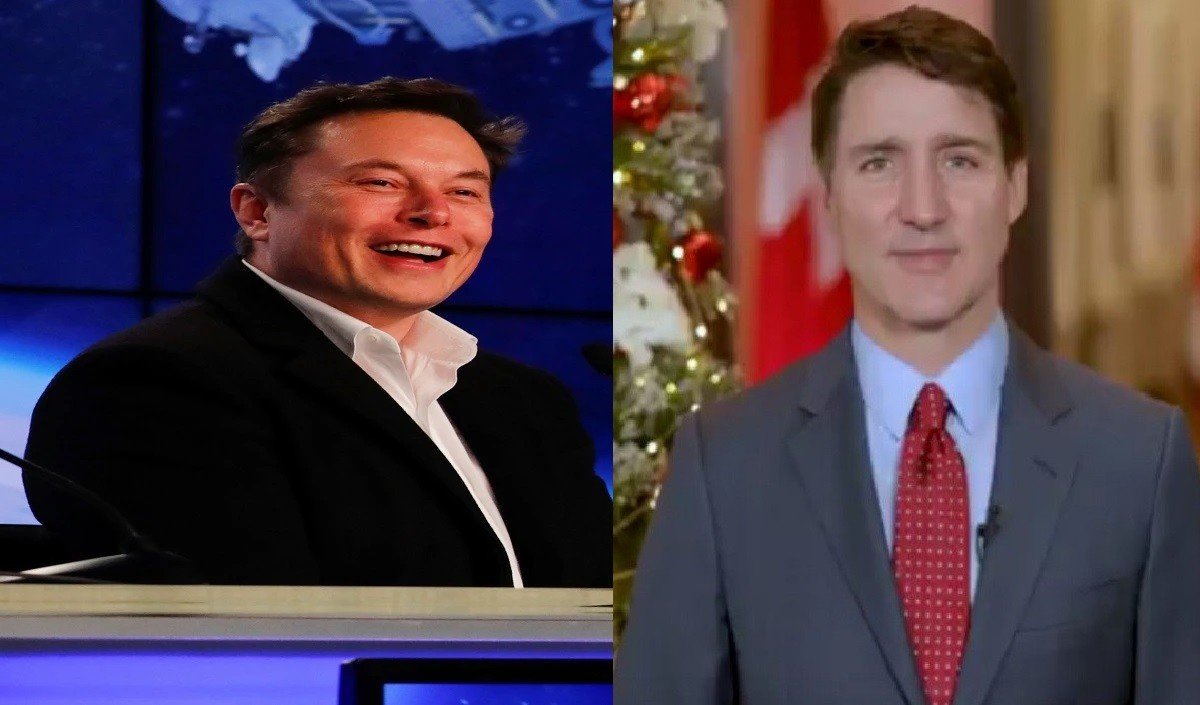The Indian Rupee has reached a record low of Rs 86.62 against one US Dollar, it is quite possible that it may cross the level of Rs 87 or even Rs 90 in the future. Although many factors are responsible for the fall of the rupee in the international market at the global level, but mainly there are signs of the US economy continuing to strengthen, for example, new jobs are emerging for employment. According to the data released for the month of January 2025 and December 2024, more than 256,000 new jobs have been created in America, whereas the estimate was only about 200,000 jobs, 212,000 jobs could have been created in the month of November 2024. Due to the strength in the US economy, the Federal Reserve may stop announcing a reduction in the US Fed rate and now American economists are of the opinion that the Fed rate reduction should be announced only once or twice in the calendar year 2025, because, due to the decline in employment. Due to the strengthening of the sector, it is quite possible that it may take more time to bring down inflation. Due to the increased interest rates in America, the US Dollar Index and the yield on US Treasury Bills also remain strong. Due to this, the US Dollar is continuously getting stronger and the dollars from all over the world are getting attracted towards America while the money from other countries is against it. There is clearly visible pressure on the currencies.
After Donald Trump takes oath as the President of America on January 20, 2025, it is very possible that the import tax rate on many products imported into America may be increased because it was mentioned repeatedly during the election campaign for the US presidency. Has been done If such decisions are implemented in America, it will lead to inflation in America and if this is seen to happen then the US Federal Reserve can also announce an increase in interest rates instead of reduction. This will further strengthen the US dollar and further devalue the currencies of other countries internationally.
Also read: Middle class families will have to be given relief in the budget for the financial year 2025-26.
Secondly, international crude oil prices are also seen rising once again and have crossed the level of $81 per barrel. Due to this, the pressure on the Indian rupee seems to be increasing. Even today, India imports more than 87 percent of its total crude oil consumption and payment for this imported crude oil has to be made in US dollars, due to which the demand for US dollars for India is also continuously increasing. In fact, due to this, there is a danger of increasing inflation in India also. Last year, India spent an amount of US $ 13,200 crore on the import of crude oil.
Third, foreign institutional investors are moving their money out of the Indian stock market as they see the possibility of higher returns on their investments given the good interest rates in the US. Foreign institutional investors are continuously selling in the Indian stock market since September 27, 2024 and till January 17, 2025, they have sold Rs 232,317 crore in the stock market.
If the price of one country’s currency starts falling in the international market compared to another country’s currency, then the inflation rate in both the countries is generally considered responsible for it. For example, if the inflation rate in America is 3 percent per annum and the inflation rate in India is 5.5 percent per annum, then the value of the Indian Rupee should fall by 2.5 percent against the US Dollar in the international market. From this point of view, it is considered a theoretical reason in economics and by adopting this principle, foreign investors invest more in those countries where the inflation rate remains under control.
88 percent of the world’s foreign trade is done in US dollars. Due to which the demand for US dollars is continuously increasing at the international level. The demand for any product will increase in the market and if the supply of that product is controlled in the market, then the price of that product will also increase in the market. The same situation is happening with the US dollar in the international market today. If the value of the US dollar is increasing, the value of currencies of other countries is naturally falling. Also, on January 17, 2025, the US Dollar Index has reached the level of 109.35. The increase in the US dollar index means the demand for dollars is increasing around the world. The yield on 10-year bonds in America has also crossed 4.65 percent per annum. The market value of currencies of other countries has fallen more rapidly than the Indian rupee. Between January 2024 and January 2025, the US dollar has strengthened by about 10 percent in the international market. Whereas among the falling currencies, Indian Rupee fell by 3.5 percent, British Pound by 3.8 percent, Euro by 6.59 percent, Swiss Franc by 7.07 percent, Australian Dollar by 8.09 percent, Swedish Krona by 9.5 percent, New Zealand Dollar by 12.5 percent, Turkish Lira by 18.5 percent and Brazilian Real by 24.74 percent. Is. Now if we compare the Indian Rupee with the currencies of other countries except the US Dollar, then India’s position appears strong but the US Dollar has to be used maximum in the international market. Therefore, the fact of how much the Indian Rupee has fallen against the US Dollar in the international market is more important.
During the presidential election campaign in America, Mr. Donald Trump has been continuously announcing during his election campaign that after his election as President, he will impose huge import taxes on many goods imported into America. So that the import of goods from these countries can be reduced in America and the production of these goods can be started in America itself. Especially in America, there is talk of imposing 60 to 100 percent import duty on products imported from China. These announcements of Mr. Trump have had an impact in the international market and foreign investors have started withdrawing their capital from the capital markets of other developing countries and investing in the American capital market in the hope that America will once again become a manufacturing center in the future. Will develop in America and they will get more income on their investment in America itself. However, if the Trump administration increases the import taxes on goods imported into America by a large amount, then in the initial phase, the rate of inflation in America will increase further because the cost of importing these goods in America will increase. Today, 73 percent of the largest companies working in the field of information technology in the entire world are American companies, similarly, 65 percent of the largest companies working in the field of health are American companies. And, these companies have established their manufacturing units in other developing countries. If the Trump administration imposes heavy import taxes on the import of products manufactured by these companies in other countries, then these companies will set up their manufacturing units in America, this will affect the exports of other countries and reduce imports from other countries into America. Will be.
Therefore, now India will also have to make itself self-reliant in various fields so that the dependence on import of various products from other countries can be reduced. Today, various commodities are being imported in large quantities in India, especially commodities like crude oil and gold. Whereas, the growth rate of export of goods from India is relatively low due to which the current account deficit is continuously increasing and ultimately due to this the demand for US dollars is increasing in our country and the pressure on the rupee is continuously increasing. Therefore, India will have to reduce the import of crude oil and gold so that the current account deficit can be reduced. Also, now it is very important for India to keep inflation under control. For this, the government deficit will have to be kept under control in the Union Budget. Because, by taking more loans, the government has to use a large part of its income for payment of interest and this affects the growth rate of the country and foreign investors start controlling their investments. In India, however, the central government is continuously achieving success in reducing its budgetary deficit. During the Corona epidemic, this deficit in the central government budget had reached around 9 percent but now it has come down to around 5 percent. But, this is still high according to international standards. By reducing the budgetary deficit, the Government of India will have to spend less amount in the form of interest on loans and more money will be available for the development works of the country, this will also attract more foreign investment.
– Prahlad Sabnani
Retired Deputy General Manager,
state Bank of India
K-8, Chetakpuri Colony,
Jhansi Road, Lashkar,
Gwalior – 474 009



